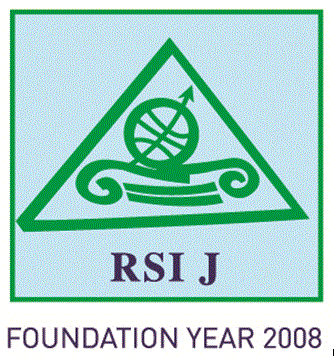Irene Casas
Department of Geography, University at Buffalo-SUNY
125 Wilkeson Quad, Buffalo, New York 14261, USA; Tel: (716) 645-2722; Fax: (716) 645-2329
Maria Teresa Borzacchiello
Department of Transportation Engineering , University of Napoli “Federico II”
Via Claudio, 21, 80125 Napoli, Italy; Tel: (+39) 081 7683770; Fax (+39) 081 7683946
Biagio Ciuffo
Department of Transportation Engineering , University of Napoli “Federico II”
Via Claudio, 21, 80125 Napoli, Italy; Tel: (+39) 081 7683770; Fax (+39) 081 7683946
Peter Nijkamp
Department of Spatial Economics, Vrije Universiteit
De Boelelaan 1105 1081 HV Amsterdam, The Netherlands; Tel: (+31) 20-598 6090; Fax: (+31) 20-598 6004
Abstract
The aim of the present paper is to offer an exploratory contribution to the general debate on sustainable transport, in particular from the perspective of impact assessment of sustainable transport policy. Specifically, starting from data available from different public sources in the United States, two different types of analyses are conducted: (1) comparison of the declared short term results of the most practical policies applied (e.g. ramp metering, HOV lanes, etc.); and (2) an analysis of mobility data to interpret long term effects of policy previously and semi-unconsciously applied. In particular, the latter point has a more innovative character with respect to the former. It is based on the assumption that, specifically in the West Coast of the United States, at a local scale (e.g. states), policies that would be defined as sustainable today, have already been applied in the past.
